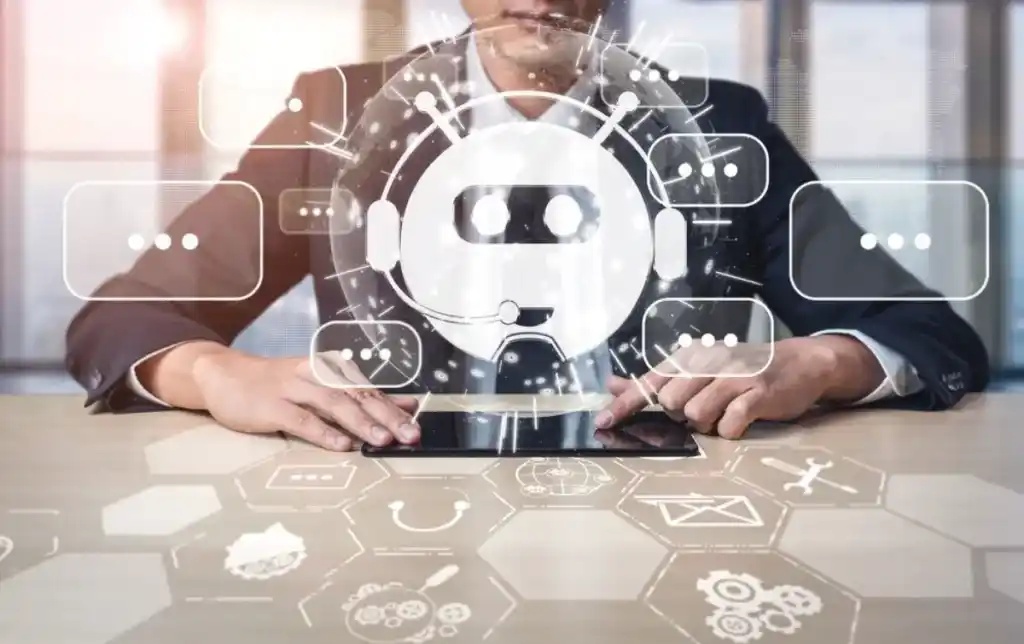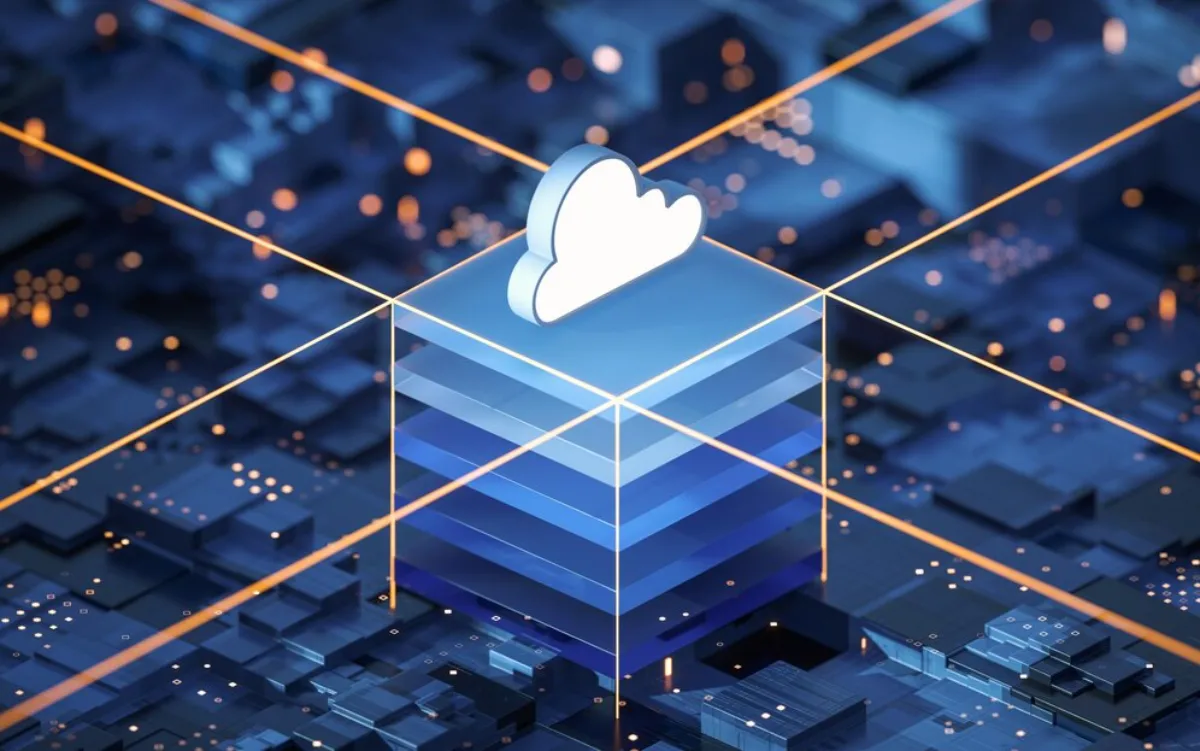
Edge Computing vs Cloud Computing: What’s the Difference?
Technology is changing fast.Data processing trends lead the way in digital transformation. As the need for real-time processing and efficiency grows, two key computing styles have come to the forefront: edge computing and cloud computing. These models have different purposes and benefits. Businesses need to know their differences to pick the best solution for their needs.
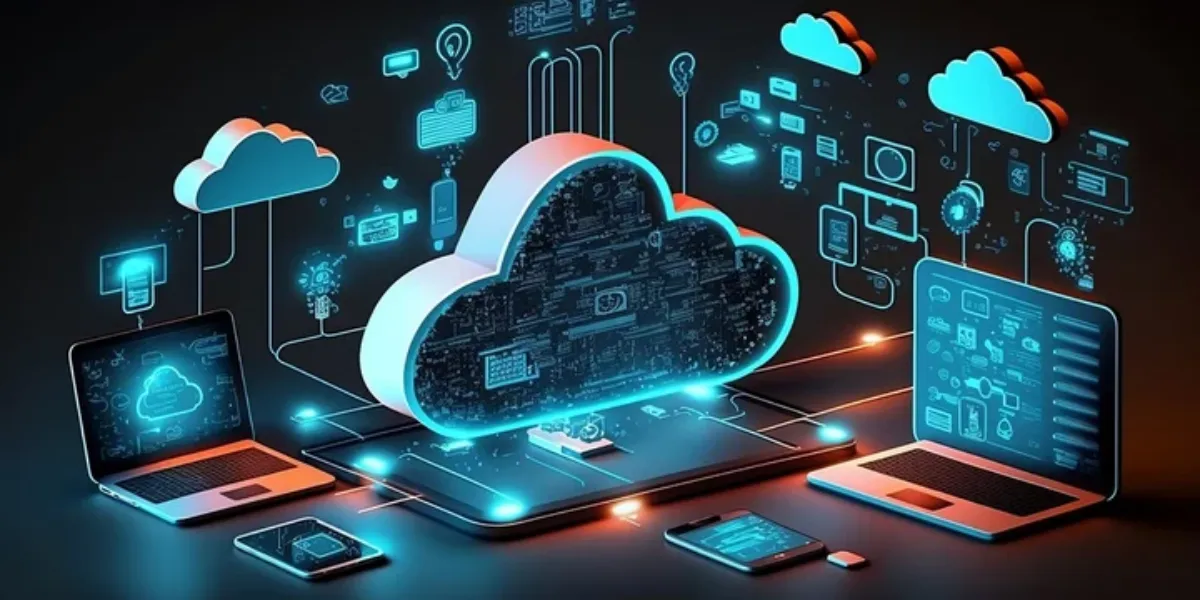
What is Cloud Computing?
Cloud computing is a model that stores and processes data in big data centers. These centers are run by third-party providers like Amazon Web Services (AWS), Google Cloud, and Microsoft Azure. This technology lets businesses and individuals use computing resources online. It offers scalability, flexibility, and cost savings, all without needing on-site infrastructure.
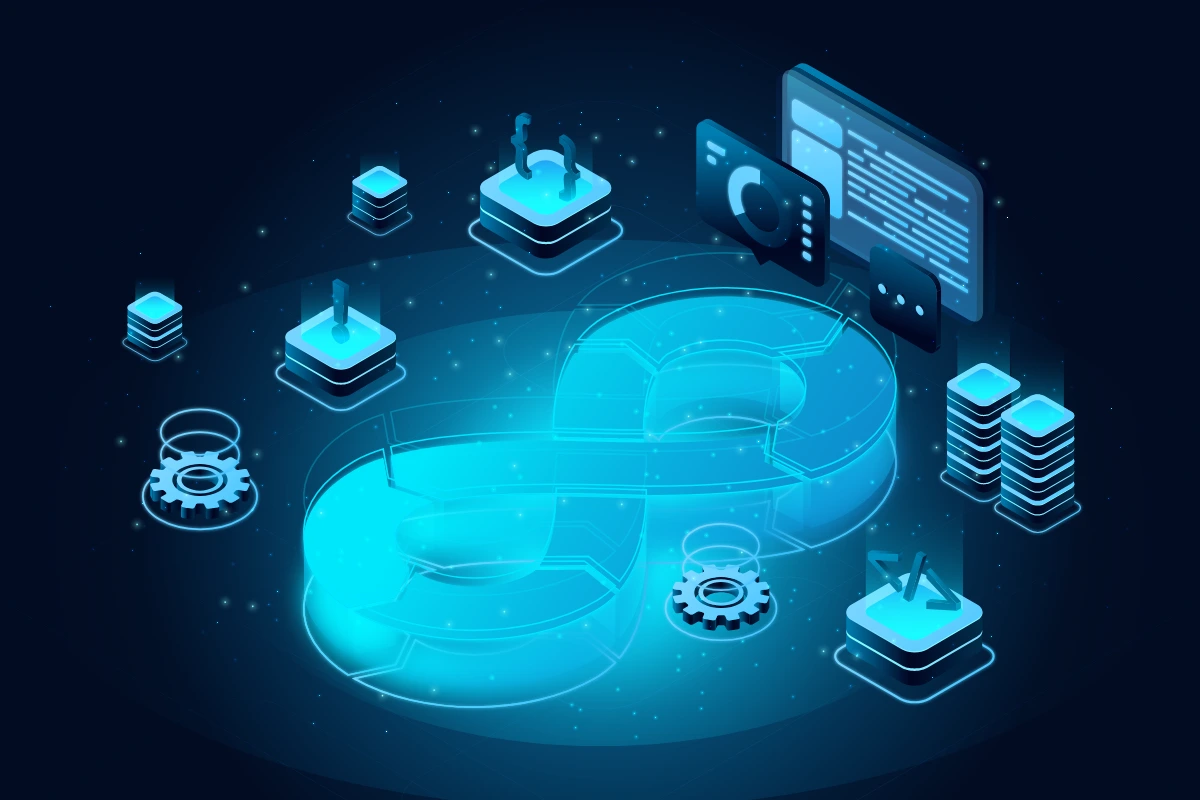
What is Edge Computing?
Edge computing, on the other hand, is a decentralised model where data processing occurs closer to the source of data generation. Edge computing devices, like IoT sensors, routers, and gateways, process data locally. This means they don’t have to send all data to a remote cloud server. This model cuts latency and boosts real-time decision-making. It’s perfect for industries needing quick responses, like healthcare and manufacturing.
Key Differences Between Edge and Cloud Computing
The primary distinction between edge and cloud computing lies in their approach to data processing. Cloud computing uses central data centers. Edge computing spreads processing power to many local nodes. Cloud computing is great for scalability and storage. Edge computing, on the other hand, provides speed and less latency. Organisations must assess their specific needs to determine the most suitable approach.
Performance and Latency Considerations
One of the biggest advantages of edge computing is its ability to process data with minimal latency. Edge devices analyze data near the source. So, they cut down the time it takes for information to move between endpoints and cloud servers. Cloud computing is powerful, but it can have latency issues. This happens because devices and data centres are often far apart. So, it may not work well for applications needing real-time responses.
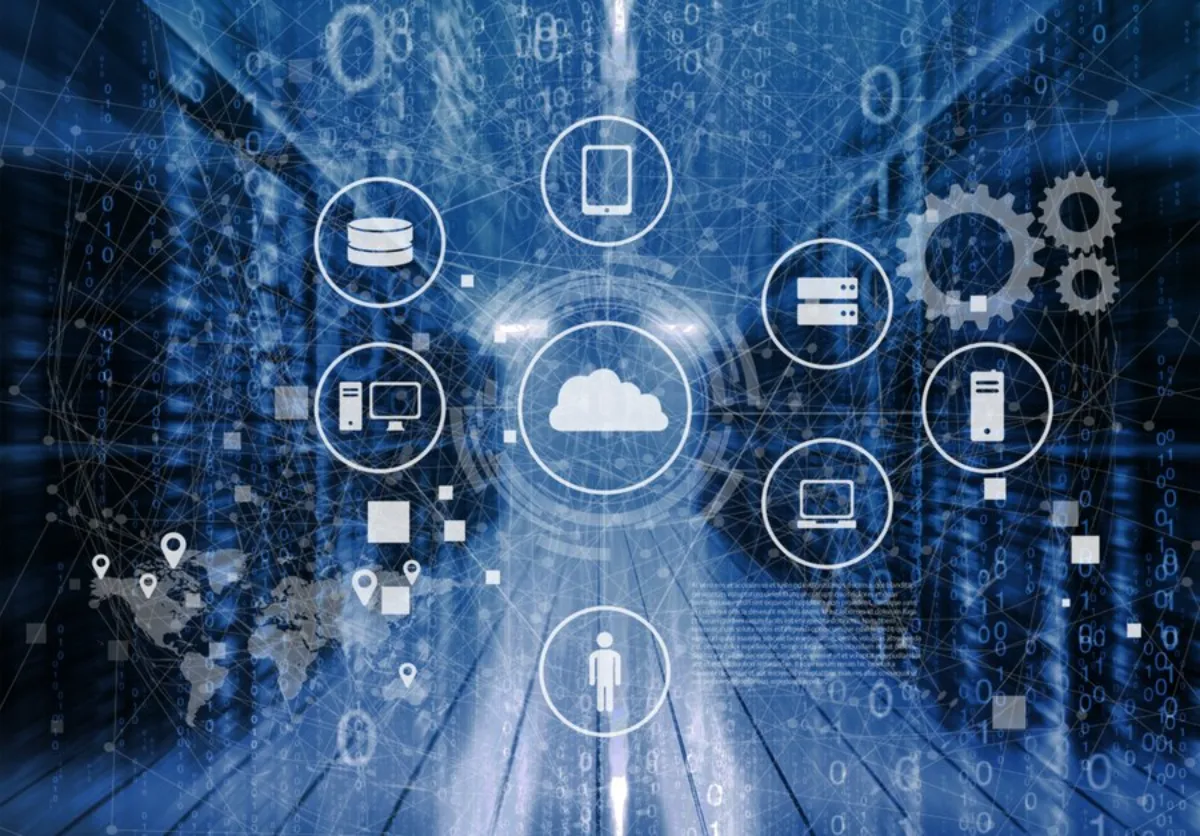
Security and Privacy Aspects
Security is a critical factor when choosing between edge and cloud computing. Cloud computing stores data in one place. This can lead to risks from cyberattacks if security isn’t strong enough. Edge computing processes data locally. This cuts down on cyber threats, but it also brings new security challenges for protecting edge devices. Organisations must implement robust security protocols to safeguard sensitive data in both models.
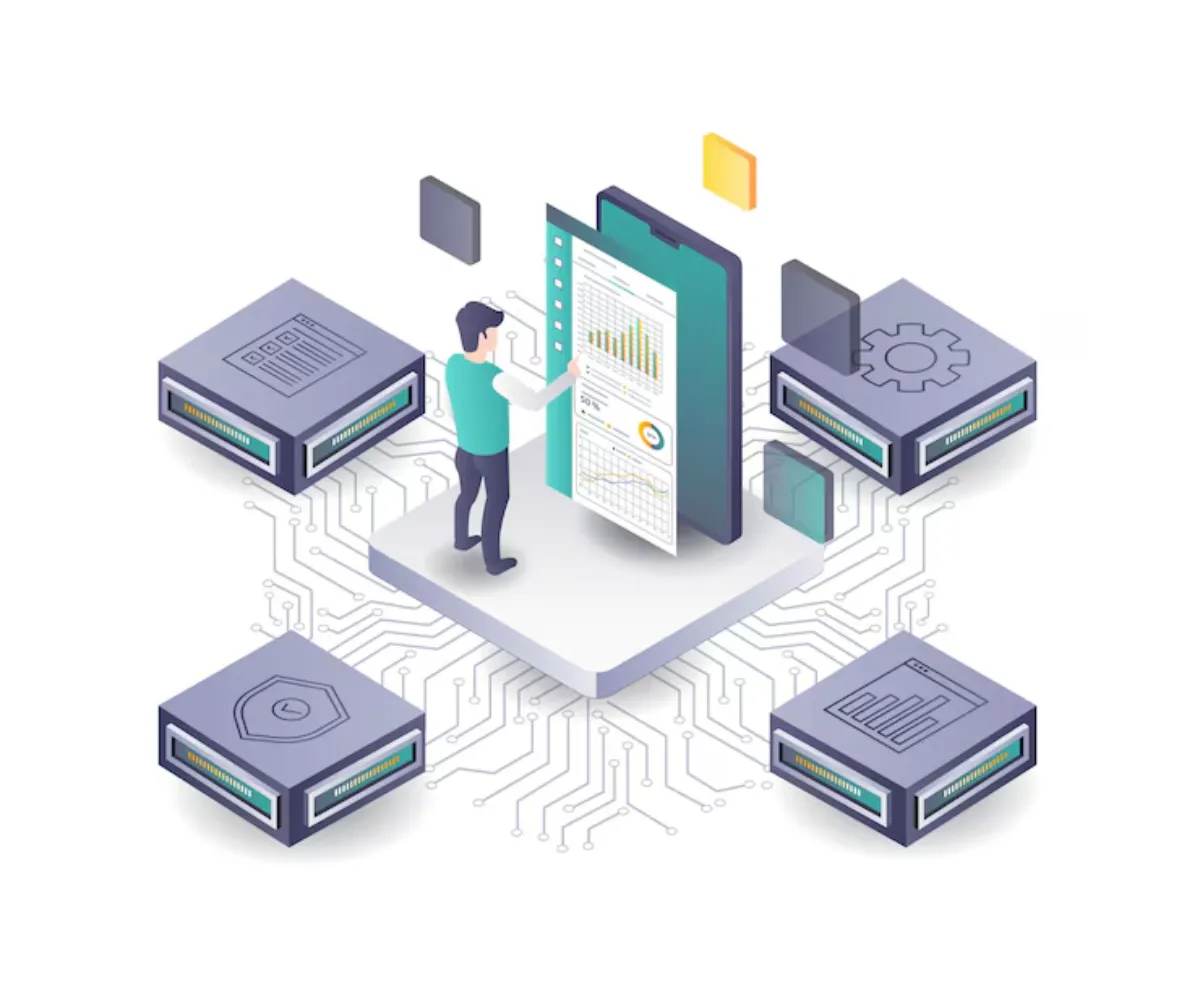
Scalability and Resource Management
Cloud computing provides great scalability. This means businesses can easily adjust computing power based on their needs. It offers nearly unlimited resources. This makes it perfect for big companies and apps that need a lot of data storage. Edge computing is great for processing data locally. However, it may struggle with scalability because of hardware limits. Businesses must evaluate their growth needs when selecting a computing model.
Cost Efficiency and Infrastructure Investment
Cloud computing cuts down on big investments in on-premise infrastructure. It uses a pay-as-you-go model, which lowers upfront costs. Edge computing, however, requires investments in hardware deployment across multiple locations. Edge computing can save money on bandwidth and reduce latency. However, businesses should consider the long-term costs of keeping edge infrastructure.
Use Cases of Cloud Computing
Cloud computing is popular in many fields. These include e-commerce, social media, and enterprise resource planning. It’s great for tasks needing a lot of computing power, like big data analytics, machine learning, and software development. Cloud computing is reliable and easy to access from anywhere. This makes it a top choice for companies that operate globally.
Use Cases of Edge Computing
Edge computing works best in places that need real-time processing. This includes autonomous vehicles, smart cities, and industrial automation. Healthcare apps, such as remote patient monitoring and medical device management, use edge computing. This helps them analyse data quickly. Edge computing also boosts the efficiency of content delivery networks (CDNs). It does this by caching popular data near users.
The Role of IoT in Edge and Cloud Computing
The Internet of Things (IoT) plays a significant role in both edge and cloud computing. IoT devices generate massive amounts of data that require efficient processing. Edge computing allows for quick IoT data analysis right at the source. This cuts down on delays and boosts responsiveness. Cloud computing offers centralised storage and processing for IoT data. This setup enables long-term analytics and supports machine learning applications.
Hybrid Computing: Combining Edge and Cloud
Many organisations are using a hybrid computing approach. This blends the strengths of edge and cloud computing. This model helps businesses handle important data on-site. They can use the cloud for storage and advanced data analysis. Hybrid computing boosts efficiency and reduces latency. It also ensures smooth data management in distributed systems.
Challenges in Implementing Edge Computing
Edge computing has benefits, but it also has challenges. These include higher hardware costs, complex device management, and security risks. Deploying edge infrastructure needs a big investment. You’ll need computing devices, networking solutions, and security frameworks. Businesses need strong strategies to tackle these challenges and improve edge deployments.
Challenges in Implementing Cloud Computing
Cloud computing is scalable and cost-effective. However, it has challenges like data privacy, compliance rules, and reliance on networks. Groups that manage sensitive information must follow data protection laws like GDPR and HIPAA. Cloud service providers need to keep their networks strong. This helps avoid downtime and service disruptions.
Future Trends in Edge and Cloud Computing
The future of data processing lies in the convergence of edge and cloud computing. New technologies like AI automation , 5G, and blockchain will improve efficiency and security for both models. Businesses need to stay ahead of trends. This helps them make the most of next-generation computing technologies for digital transformation.
Choosing the Right Computing Model
Edge computing and cloud computing have unique benefits. The best choice varies based on an organisation’s needs. Cloud computing works well for scaling and accessing data remotely. In contrast, edge computing is better for processing data in real-time. Many businesses will adopt hybrid models. This combines both approaches. It helps them achieve better performance, security, and efficiency. Knowing these computing paradigms is key to staying competitive in a data-driven world.


